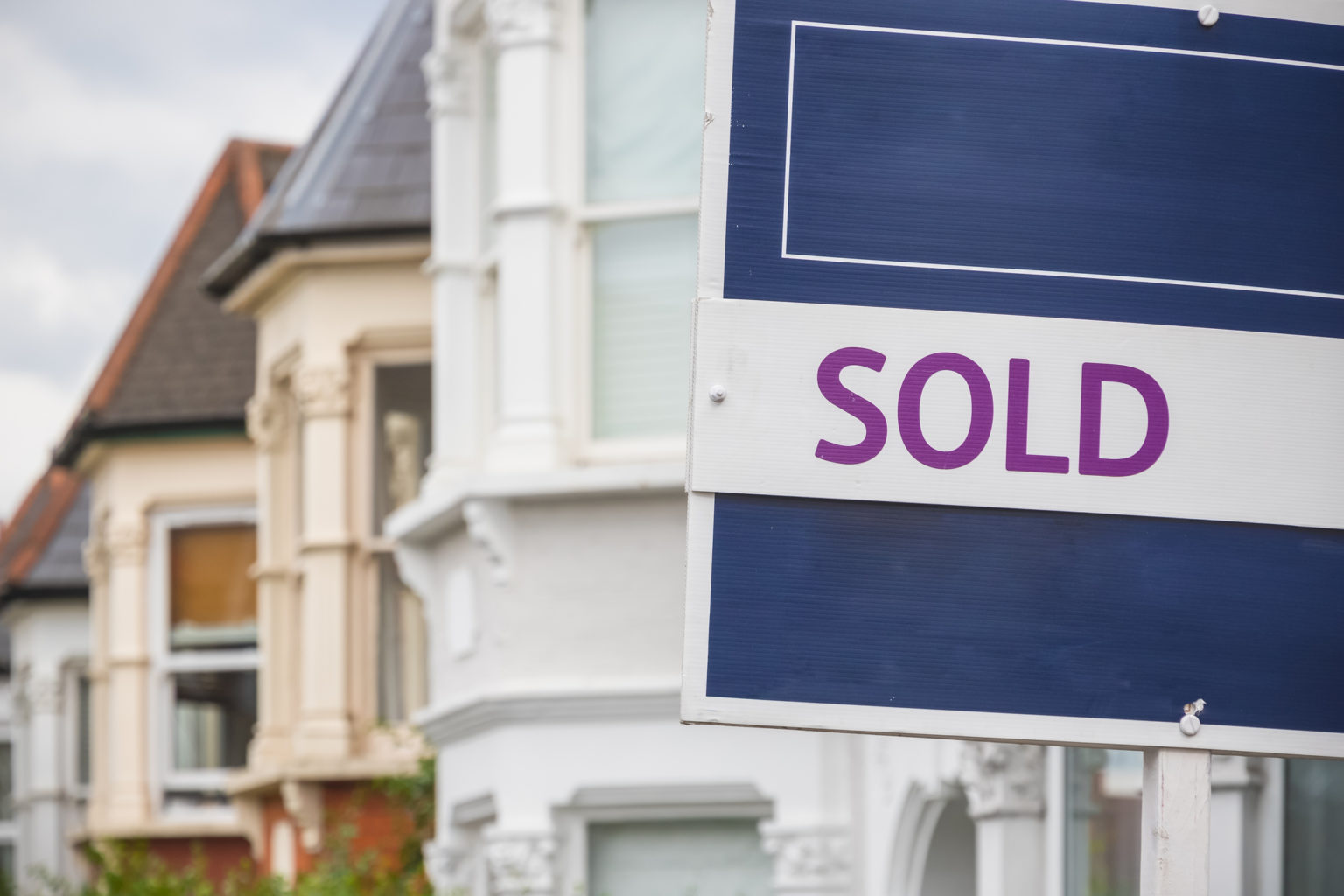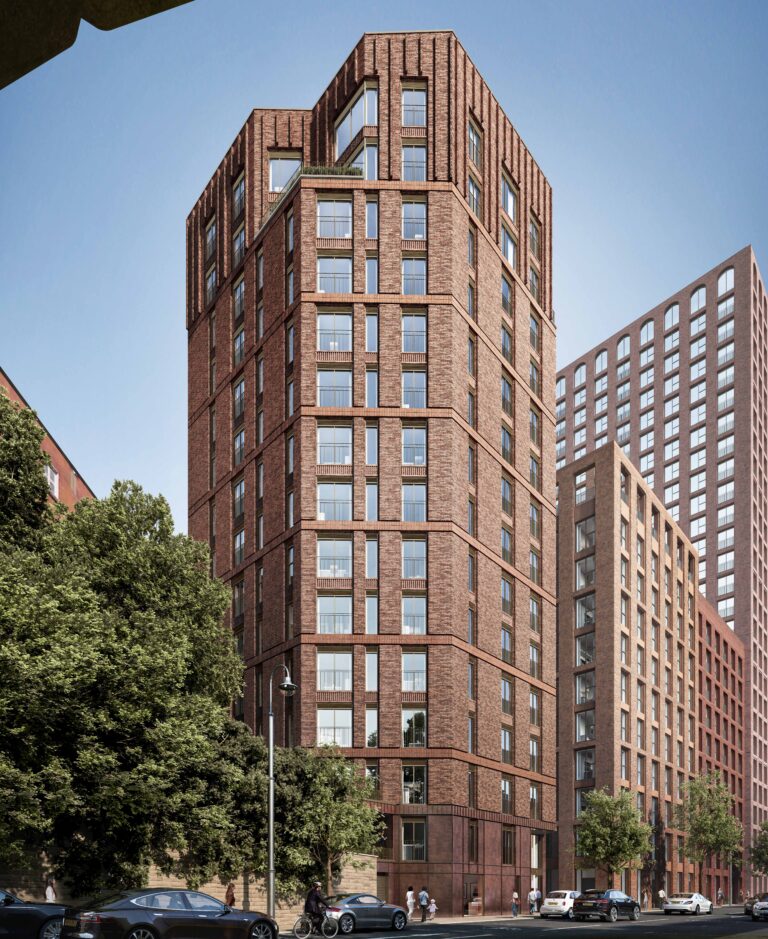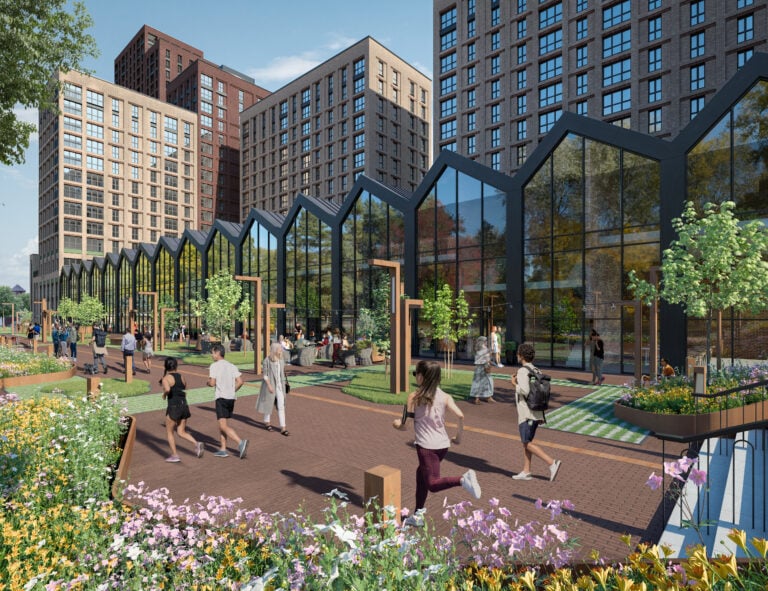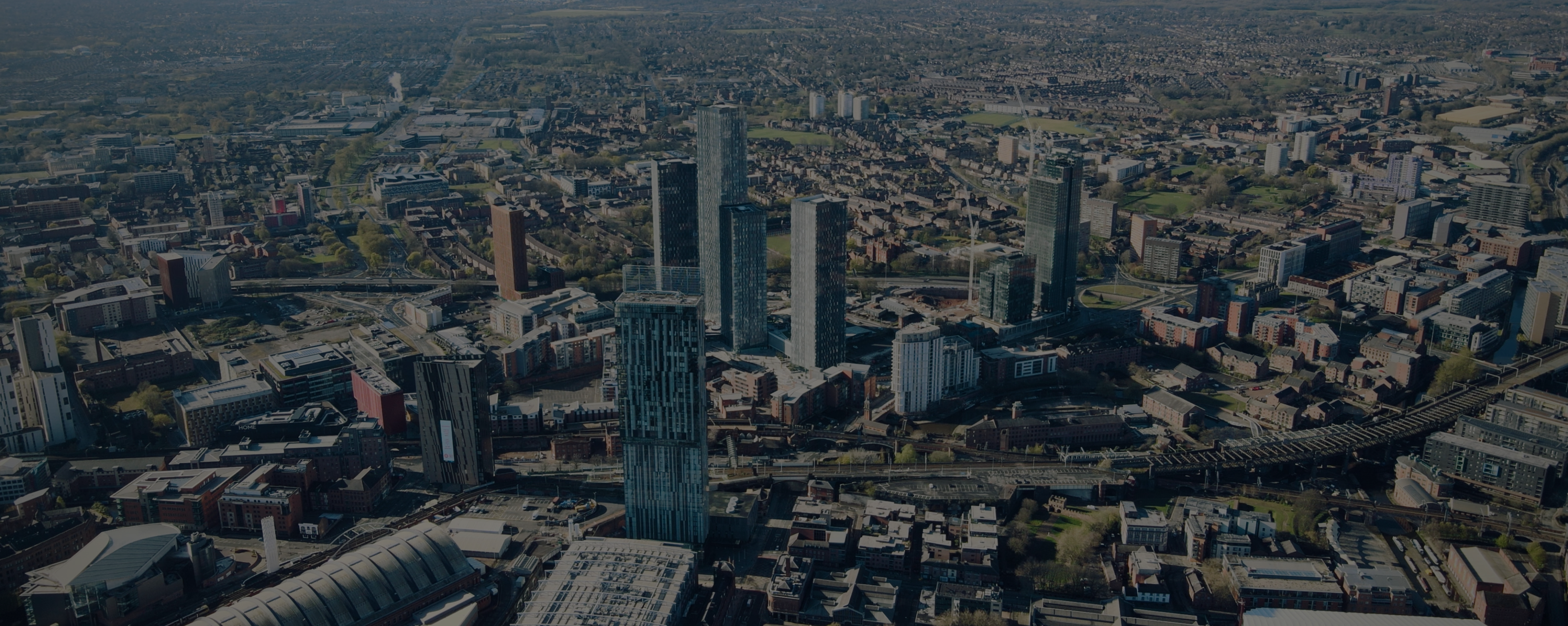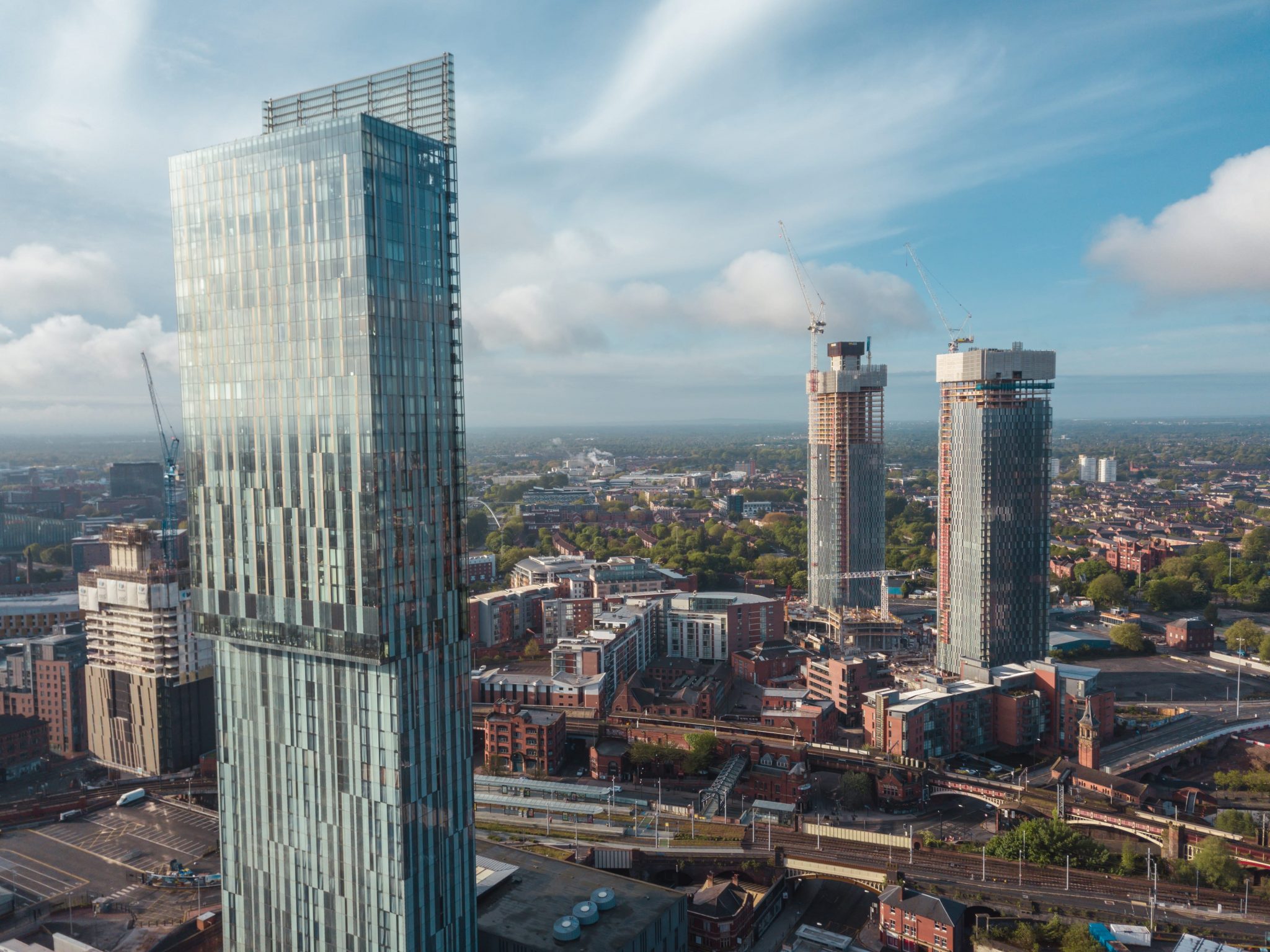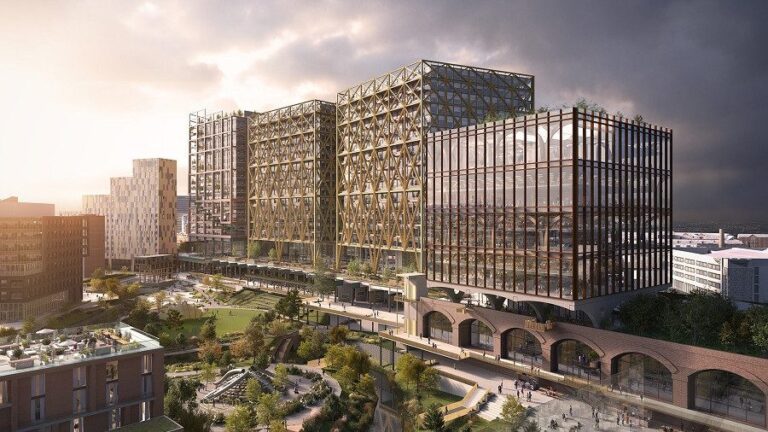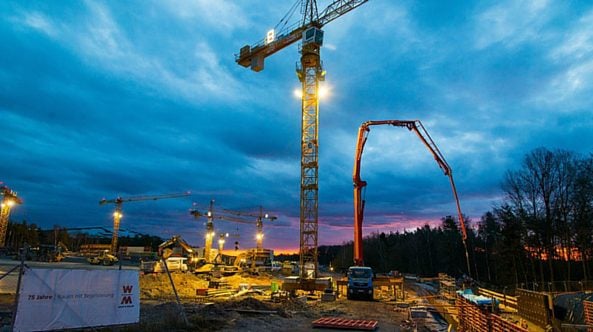Although the stamp duty deadline which passed at the end of March may have taken some of the heat out of the UK property market, there are many factors that continue to spur it on.
As buyers raced to complete purchases before the stamp duty thresholds were lowered at the end of March, which would have hiked to tax bill for many, UK property transactions ramped up as expected, with lenders and conveyancers alike reporting a rush in business.
There was always an expectation that the number of transactions being pushed across the line may artificially skew the figures in the market, followed by a slowdown as the sector returned to normal levels of buying and selling activity.
According to the latest figures from HMRC, a provisional figure of 164,650 UK property transactions were completed in March, which was the fifth highest in any month in the past decade. It was also 66% above the 2017-2019 ‘normal’ level pre-Covid, and 89% higher than this time last year.
However, the research also shows that activity was heating up before it was announced that the stamp duty thresholds would revert to previous levels – meaning any residential purchase over £125,000 is now subject to the tax, as opposed to £250,000 – with 2024 being noted by Nationwide as a year of resilience for the sector.
UK property remains in positive territory
Over the past five years, myriad factors from the Covid pandemic and subsequent lockdowns to the disastrous mini-Budget sending the economy into shock as well as geopolitical turbulence across the globe have all had an impact on buyer confidence. This has led to a combination of periods of rapid acceleration, as well as periods characterised by stagnation.
Yet the UK property market overall has continued to hold steady, albeit while house price falls in the most expensive parts of the country have influenced the overall UK average. At the same time, regional housing markets have continued to show strong growth throughout every milestone of the past half a decade.
A fall in mortgage rates has been one of the biggest influencers of market activity as it has helped to boost affordability for many buyers. More and more lenders are now offering sub-4% products for buyers with larger deposits in particular, while rates are generally falling across all segments of the mortgage space.
According to the latest figures from Halifax, UK property prices increased by 3.2% year-on-year in April, which is the fastest annual growth rate so far this year, and brings the average UK property value to £297,781.
UK-wide, Northern Ireland, Wales and Scotland have all seen the greatest growth in prices over the past year, recording annual increases of 8.1%, 4.7% and 4.6% respectively. In England, the North West once again outperformed the rest of the country with an average 4.1% price hike, while London’s prices are only up 1.3% since last year.
Stability dominates the market
While stamp duty did cause a rush in buyers, there was more to the latest figures than simply the tax change. As Amanda Bryden, head of mortgages at Halifax, said: ‘”We know the stamp duty changes prompted a surge in transactions in the early part of this year, as buyers rushed to beat the tax rise deadline.’
“However, this didn’t lead to a significant increase in property prices, with the last six months characterised by a stability in prices rarely seen since the pandemic.
“While the market has cooled slightly since this rush, buyer activity remains strong in comparison to recent years.”
She added that the continued fall in mortgage rates combined with strong earnings growth outpacing broader inflation have contributed to a steady improvement in affordability for buyers.
“Overall, the market continues to show resilience despite a subdued economic environment and risks from geopolitical developments.”
